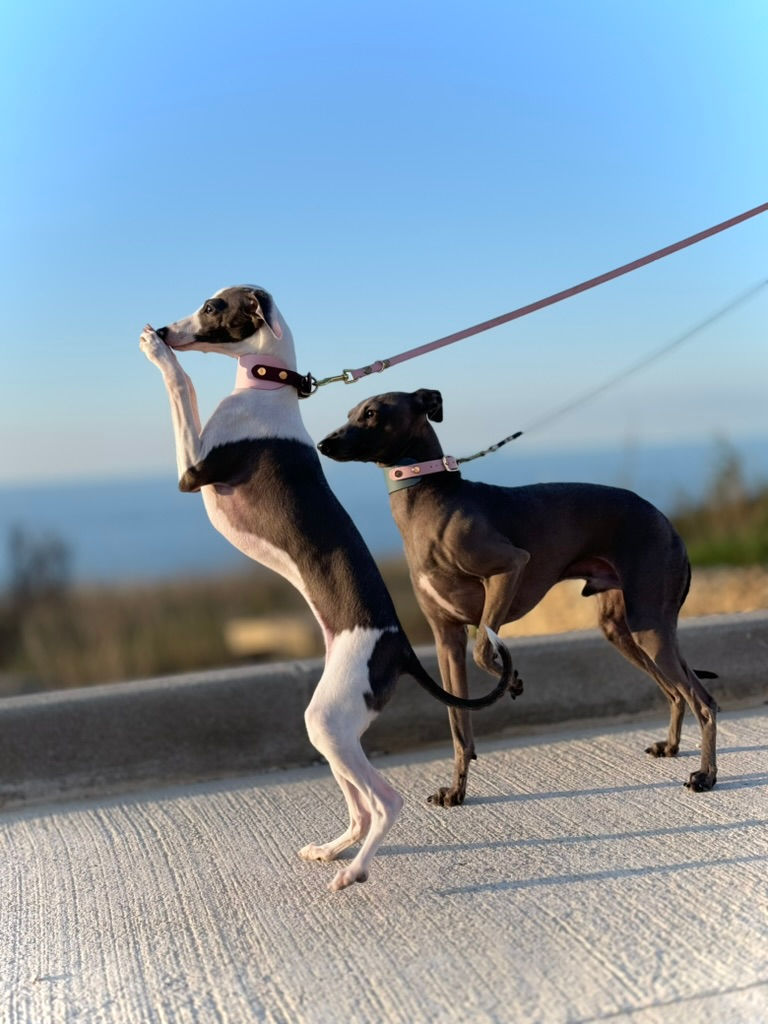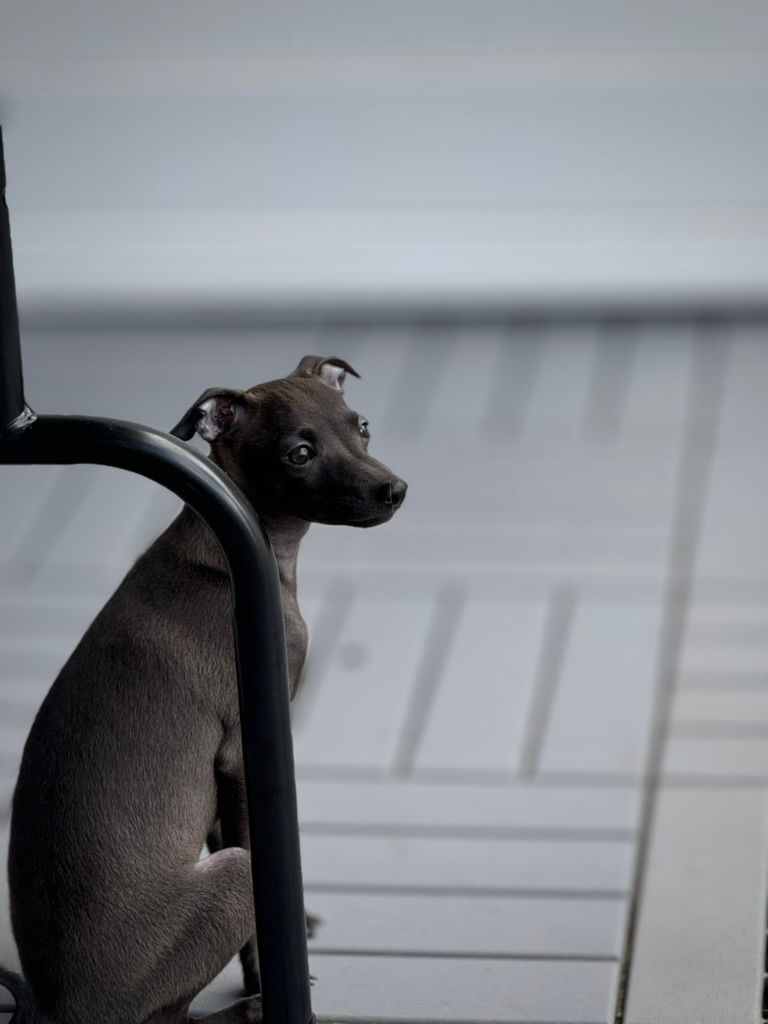Are they really THAT fragile?
- Janka Bánfai
- Apr 20
- 3 min read
Updated: Apr 21
I often hear, "Oh, is that an Italian Greyhound?" - Yes. "Are they really that fragile?" - Well...

Here I am with five Italian Greyhounds, and I'm unsure how to answer that question. As we now know, they were once used for hunting, which required endurance. What exactly does endurance mean in their case? Could it be that they had to catch prey, possibly even in the rain? To understand them fully, we need to consider their origins. I believe they might have slept in beds, and there are rumors that they served as warmers for aristocratic women. However, I doubt they were constantly lifted onto or off the bed, so they had to be able to jump. They are generally quite jumpy. If this overstimulates you, you need to work on managing it consistently. What's my point? Veterinary care and attitudes towards dogs, their role in the family, their diet, and exposure to weather were different from today's standards. This isn't nostalgic reminiscing but rather my objective observations or questions.

I'm trying to convey that their energy, long legs, and speed can be a challenging combination. Many believe they shouldn't expend their energy, but on the contrary, if they run, jump, and play, they'll gradually build endurance. With the next litter, I'll try to document all the methods and tools I use to try to develop a resilient Italian Greyhound.
In a controlled environment and with care, I believe we can improve the condition of their legs. Let's be honest, it's a traumatic experience—for the family, the dog, and the bone. What can breeders do? They can select. Choose dogs with a history of very few bone fractures. Beyond this, we can only do as much as the owner. I believe incidents occur, but sometimes it's due to poor bone density. There are situations where it's a tragic event, but in my view, we can do better. I once heard of an iggy breaking both front legs by jumping off the sofa. That's not just an accident; there's room for improvement. As a potential owner, inquire about the medical history when contacting a breeder.

Without delving too deeply, I think there are several factors involved; one being low bone density, which, to my knowledge, is not easy to assess. It could also be due to an incident, like a windy day combined with a heavy gate. Additionally, a nutritional deficiency might be a cause. Thyroid issues can also contribute. It's never a clear-cut situation, but generally, fewer fractures are better for everyone. It depends on many factors, but my basic guideline is that a well-built, muscular Italian Greyhound with a healthy appetite is a good starting point. In future articles, I'll discuss the key aspects of an anatomically well-constructed Iggy. Let's concentrate on what we can do to prevent such situations.

Diet. In my view, a balanced diet is crucial. Greyhounds, as a breed, are delicate creatures. It may seem contradictory, but their bodies function differently from other breeds. Additionally, their blood tests can sometimes be complex. High-quality kibble is vital. They require a substantial amount of good animal fat. Excellent sources include salmon oil, duck fat, bone tallow, bone marrow, quail eggs, regular eggs occasionally, fatty Greek yogurt, kefir, and cottage cheese, all providing fat, calcium, protein, and other essential nutrients. Good kibble is made with fresh proteins and quality ingredients. I personally recommend Acana Small Breed Puppy until they are at least 1-1.5 years old, but it can be any other high fat, premium quality kibble. Please be aware that if you opt for the brand mentioned above, you will need to include oats or another good source of carbohydrates. I might add that my dogs are mainly fed with raw menu such as duck, beef, chicken, pheasant, goat, horse, and wild prey.

No matter which diet you select, ensure it consists of high-quality, well-balanced food. Too often, I encounter malnourished and underweight puppies and dogs. Although this is less frequent now than it once was, the fact remains that inadequate nutrition in young dogs can lead to problems later on. It's important to introduce puppies to a variety of foods, including different carbohydrates, vegetables, proteins, fruits, and other healthy snacks. When they are young, they adapt easily, and so do their stomachs. Exposing them to diverse foods will help build resilience.
The greatest wealth is health.


Comments